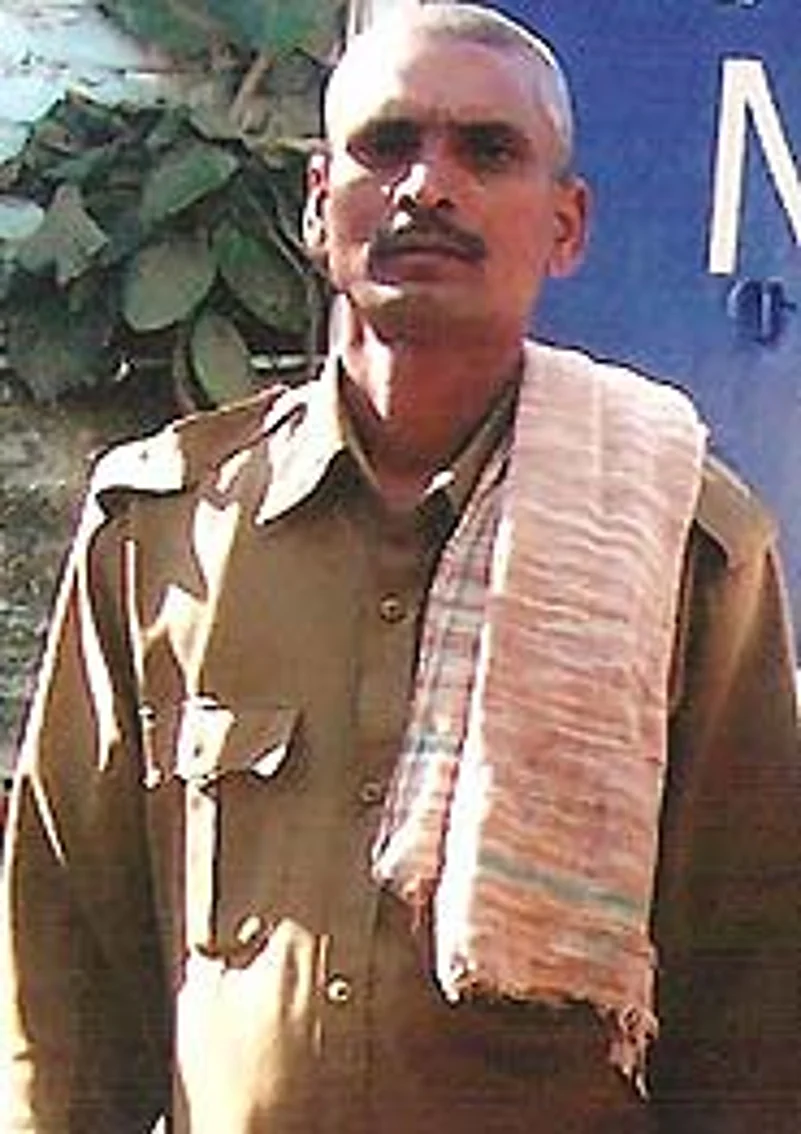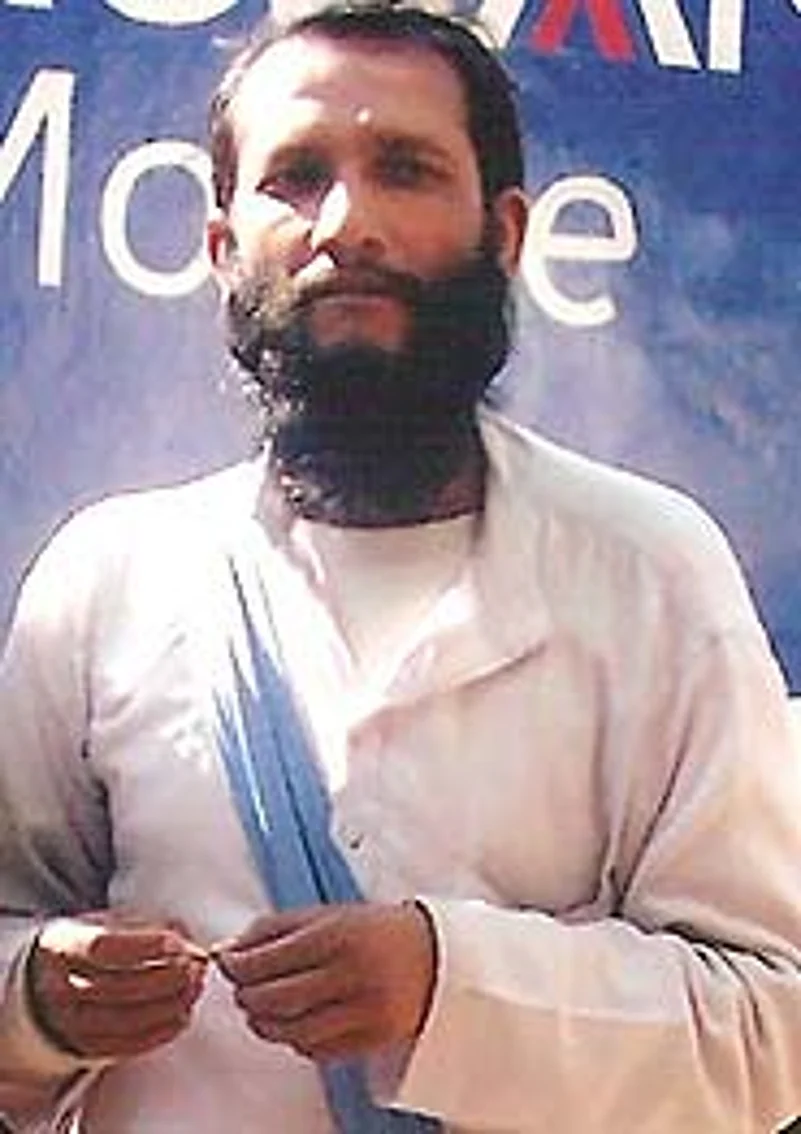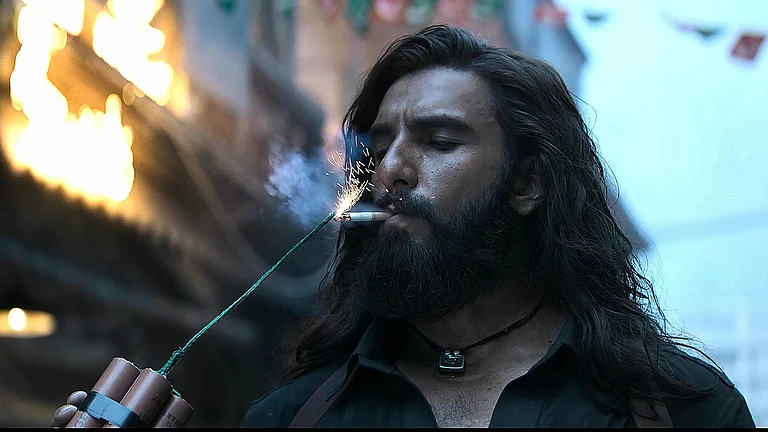For the Buddhist community, there couldn't be a worse form of sacrilege. The news of the cutting down of a branch of the holy Mahabodhi tree at Gaya where Gautama Buddha attained enlightenment has evoked shock and outrage. What's worse, the act was allegedly carried out at the behest of none other than Bhante Bodhipala, the chief priest of the Mahabodhi Temple. If resident monks Outlook spoke to are to be believed, the branch of the tree was cut for purely commercial reasons. A single leaf of the holy tree can fetch $10, a clutch $100. It is also alleged that the cut branch may have been used to "propagate" a new holy tree which could yield huge returns from devotees.
Aghast, a monk has filed a suit. Arup Brahmachari, who filed a criminal case on June 22 in the court of the Gaya chief judicial magistrate against the alleged cutting, believes that people who indulge in "this form of vandalism" should not go unpunished. "Imagine selling pieces of the tree to tourists. It's like selling a member of your family. My hunch is this been happening in the past...it must be brought to the notice of everyone," he says. In his complaint, Brahmachari has named the secretary and seven members of the Bodhgaya Temple Management Committee (BGTMC) along with Bodhipala as respondents.

The complaint has been filed under various sections of the Prevention of Damage to Public Property Act, 1984, and Religious Institutions (Prevention of Misuse) Act, 1988. Brahmachari's case is supported by an affidavit by Deepak Malakar, a gardener with the BGTMC. Malakar claims in his affidavit that he cut the tree branch at the behest of chief priest Bodhipala and carried it to the latter's residence. Malakar has since gone underground.
While Gaya has always attracted devotees, the foreign tourist traffic has gone up ever since the tourism ministry began show-casing the Buddhist circuit three years ago. In 2004, about two lakh tourists—mostly from Sri Lanka, Thailand, Cambodia, Japan and China—visited Gaya, some 100 km south of Bihar capital Patna. There has been a demand for twigs, barks and leaves of the Mahabodhi tree. With the higher inflow of tourists to this World Heritage site came commercialisation. In fact, leaves that fall naturally from the tree have already become a commodity: they are being sold at a dollar a piece. Only that, now some thought it could be exploited better. And piety was the first casualty. As Thai monk Sangad, who has taken time off to pursue studies at the Benares Hindu University, says, "People here have forgotten the sanctity attached to the place. They now treat it like a market place. Unfortunately, tourism is the only industry in Bodh Gaya."
Annette, an Austrian monk, laments that the Bodhi tree—which, according to the religion, the Buddha had gazed at for a whole week in gratitude after his enlightenment—has become a shop window, lined by lights. "It's like a shopping place...far removed from meditation," she says. Annette, who has been in Gaya for the last five years, says the atmosphere is no longer conducive for prayer or meditation. "Initially, I didn't notice anything. But gradually I became aware of how some monks operate. They don't even spare the leaves. It brings them money from tourists," she says. Annette has sent a petition to the director of the Paris-based World Heritage giving details of the mismanagement of the temple and brazen attempts to sell parts of the holy tree.
The alleged cutting, which has now stirred a controversy, came to light on July 20, 2006. The Bihar government had sent samples from the tree to a Pune-based laboratory for testing. A year later, the report is still awaited. The delay is what prompted Brahmachari to file his complaint. Bodhipala, on his part, blames the recent uproar on internal politics. In fact, the chief priest says he is ready for a CBI probe. "It is common knowledge that pruning of the tree took place in 1975 on the advice of the experts to check its one-sided growth. There was an uproar, following which it was stopped on the orders of then chief minister Karpoori Thakur," says Bodhipala.
Not all think the cut in the tree is that old. Surendranath Singh, former agricultural scientist of the Magadh University, who examined the cut, maintains that it is recent. "It looks recent and may have been done with the purpose of carving it into a statue of the Buddha," he claims. This, according to monks, would have raked in thousands of dollars.

BGTMC office-bearers see Brahmachari and his ilk as trouble-makers who are out to destroy peace in the sanctum sanctorum. Says Kalicharan Singh Yadav, secretary, BGTMC: "The swamiji is dancing to the tune of vested interests and filing cases at their behest to malign the image of our country for petty gains." But he refuses to elaborate.
The present controversy has put the state government on the backfoot for its failure to obtain the report from the Pune-based laboratory even after close to a year. Principal home secretary Afzal Amanullah said the police first want to record Malakar's statement. "If necessary, he will be sent to Gujarat to undergo a narco test." Whether or not Malakar is lying, the truth is that the controversy has broken during the Indo-Japanese, India-China friendship year. The travel trade sees it as most unfortunate since the Mahabodhi tree is the main tourist attraction on the Buddhist circuit.
For over a decade, there has been a fight over control of the tree—and the temple that was restored in the late 19th century by Sir Alexander Cunningham of the British Archaeological Society. All along since the mid-1990s, it has been run by a state-represented committee. But many feel it's best left to the Buddhist clergy. The Nagpur Buddhists led by Surai Sasai, a monk of Japanese origin, had even launched an agitation demanding the scrapping of the Mahabodhi Temple Management Act, 1949. The latest controversy that points fingers at the shrine's management has only bolstered the argument for an independent body to run the temple affairs.
Anuradha Raman In Delhi and Indrajeet Singh in Gaya


























